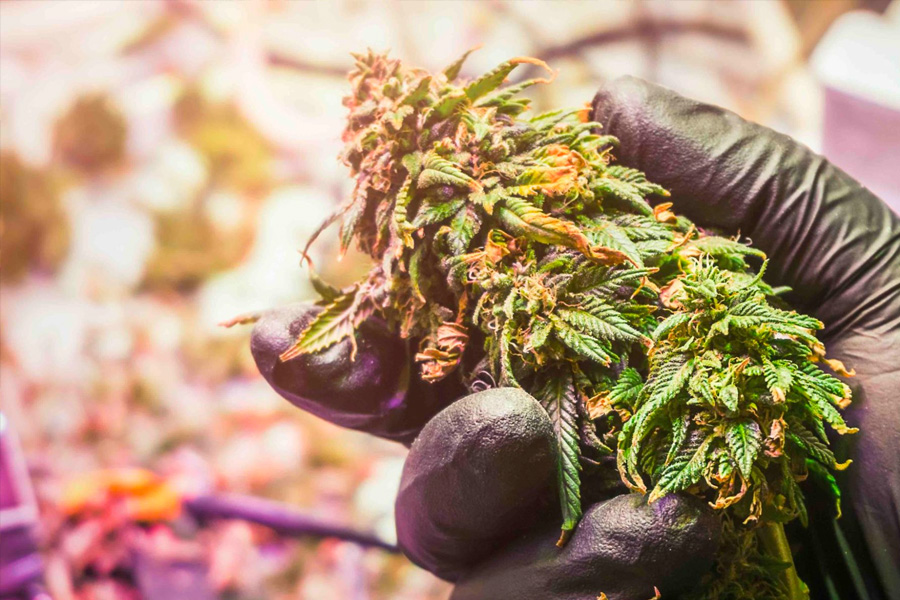Are Aloe Plants Toxic to Cats? An Evidence-Based Risk Assessment
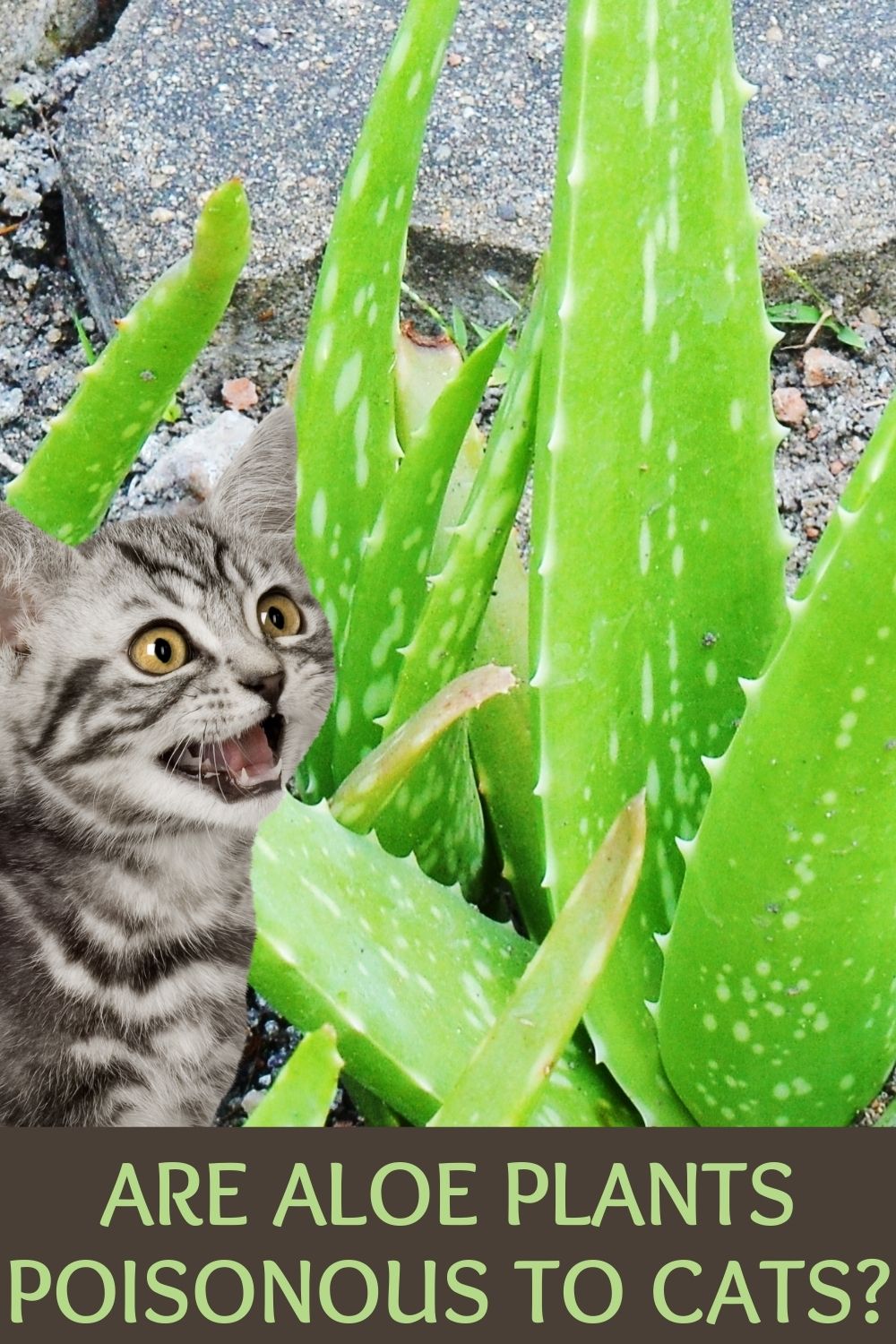
Aloe plants might look harmless perched on your windowsill, but for cats, they’re a textbook example of why curiosity and houseplants don’t always mix. The psychological instincts of both species—humans wanting vibrant, therapeutic greenery and cats acting on their hardwired need to nibble, sniff, and explore—set the stage for potential danger.

Let’s walk through what’s really going on beneath that spiky green surface (and inside your cat’s mind), so you can protect both your home’s vibe and your favorite feline.
Why Are Aloe Plants Risky? It’s Not Just Chemistry—It’s Cat Psychology
The core issue with aloe isn’t just botanical. Yes, aloe contains compounds called saponins and anthraquinones, which can wreak havoc on a cat's digestive tract. But here’s where the psychology gets interesting: Cats are obligate carnivores with minimal evolutionary experience navigating which leafy greens are safe.
For them, most things in their environment are either potential food or entertainment—especially if it smells new or looks tantalizingly different from their usual fare. Many cats will ignore plants for years until one day a shift in routine—a new scent, boredom, stress—triggers investigative chewing. I learned this lesson during my own “ferns-are-safe” era; my cat ignored everything green until the day he was startled by thunder and dove headfirst into the nearest plant for comfort—unfortunately an aloe vera I’d just brought home from the market.
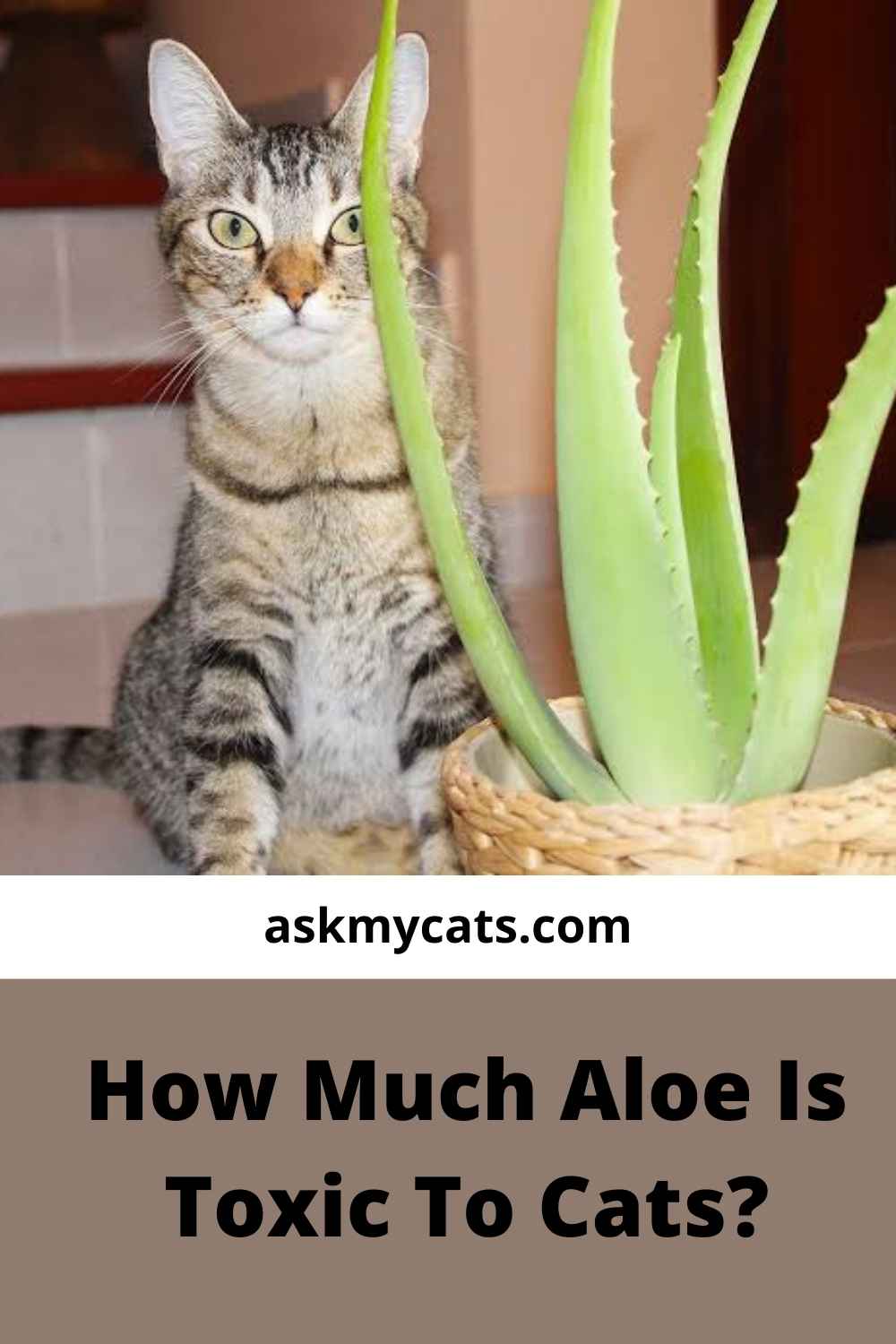
What Actually Happens When Cats Chew Aloe
Within as little as an hour after ingestion, the telltale signs of aloe poisoning emerge—vomiting is typically first up. The physical reactions (vomiting, diarrhea, lethargy) are obvious red flags for humans. But underneath that lies a deeper feline instinct: when animals feel queasy or ill after eating something, they learn to avoid it next time…if they survive the first encounter. That means waiting to “see how it goes” is gambling with your cat’s ability to learn safely.
A vet once put it plain: “Cats don’t have built-in plant-avoidance software.” That offhand comment changed how I approached all houseplants—realizing that feline mistakes aren’t about mischief or stubbornness; they’re about missing crucial cues that nature never bothered to program in.
Why Physical Barriers Rarely Work—and What Actually Does
Many people try high shelves or closed doors thinking “Out of sight is out of mind.” But behavioral research shows that cats perceive blocked-off spaces as even more inviting—a challenge to be mastered rather than a deterrent! My own failed attempt involved an elevated planter balanced atop book stacks. Within days I found claw marks tracing a path up the spines—a kind of feline treasure map leading straight to disaster.

What does work? Removing temptation entirely.
- Rehoming aloe (to pet-free households) sidesteps the whole psychological tug-of-war between curiosity and safety.
- If removal feels impossible, use transparent cloches or locked terrariums—but know you’re still relying on self-restraint against their investigative drive.
Real World Example: When Prevention Fails
A neighbor once recounted how his usually apathetic senior cat suddenly became obsessed with his new office-set aloe. Turns out there was residual tuna oil on the windowsill from an unrelated spill—a perfect storm of scents enticing enough for a rare taste-test. “I never thought he’d care about plants,” my neighbor confessed later at our building’s laundry room meetup. That single incident led him down three days of worry—and $300 in vet bills—for IV fluids and observation.
The real insight? It wasn’t just about toxicity; it was about environmental triggers nobody had considered (“cat plus tuna scent plus boredom equals plant-munching”).
The Psychological Reason Simple Routines Save Pets
One repeatable strategy stands out among experienced pet owners: habitual plant audits.
- Set reminders to check every few months what you keep indoors.
- Use resources like ASPCA's Toxic Plant List—and actually bookmark it in your phone.
- Replace questionable greenery with proven pet-safe options (Boston ferns have survived eight years in my apartment unscathed by curious paws).
This ongoing check-in isn’t paranoia—it satisfies both your need for calm environment and your cat’s quest for novelty (by swapping out plants occasionally), without risk creeping back in unnoticed over time.
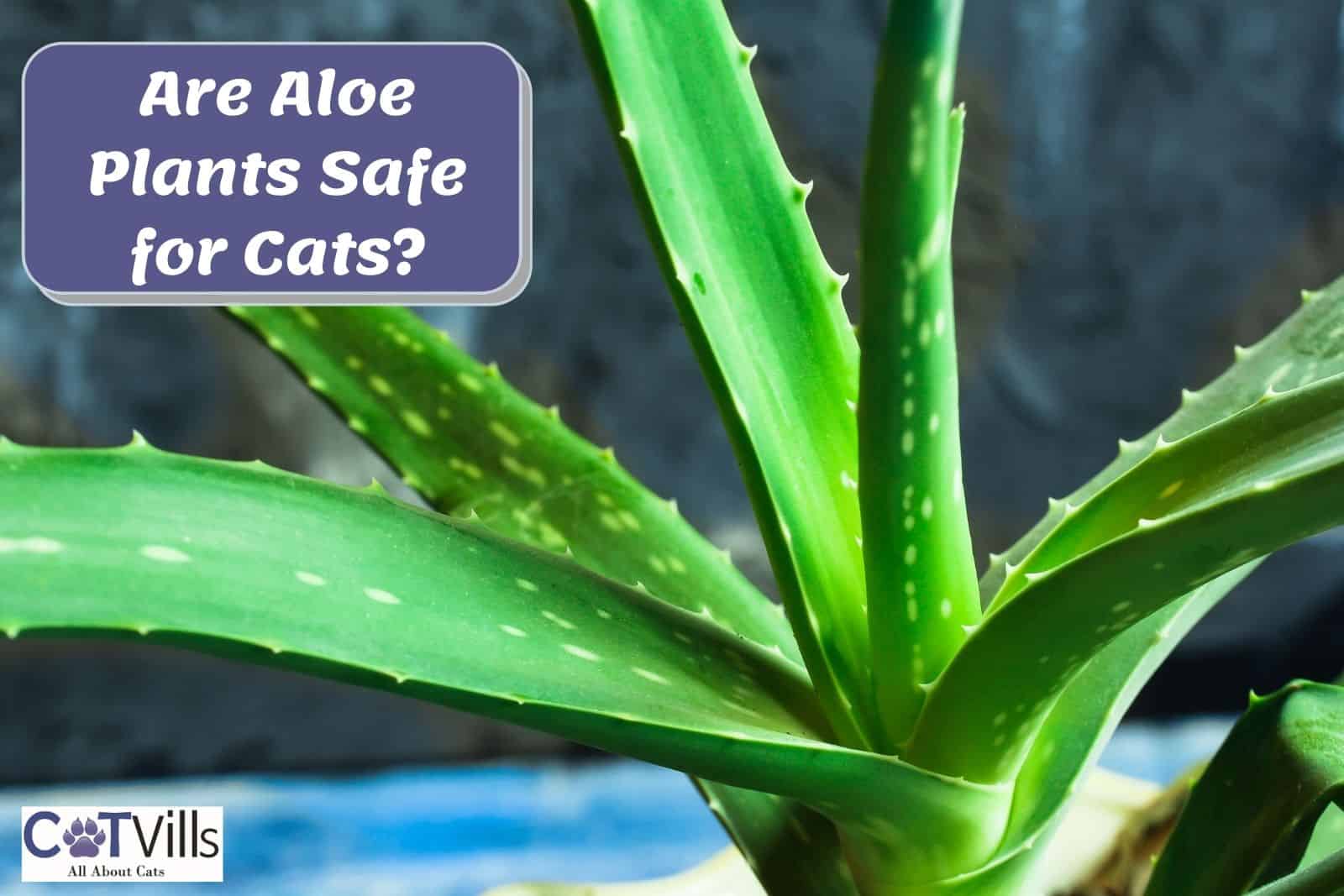
Quick Cost Analysis: Is Risk Worth It?
In 2022 alone, my local emergency vet clinic saw five cases directly linked to houseplant toxicity within two weeks—all preventable according to their follow-up reports. Each visit ran between $200-$500 when fluids and overnight stays were needed.
By contrast:
- One safe spider plant = $10–$25
- A little upfront research = free
That delta pays for itself emotionally—and often financially—the moment you dodge an emergency.
Your Takeaways: How Psychology Guides Safer Choices
If you’ve ever felt silly fretting over a houseplant while friends roll their eyes (“She’ll never eat that!”), remember: what seems like excess caution is actually acting with your pet’s psychology instead of against it. Cats live impulsively in each moment—they won’t cross-reference botanical encyclopedias before tasting something new!
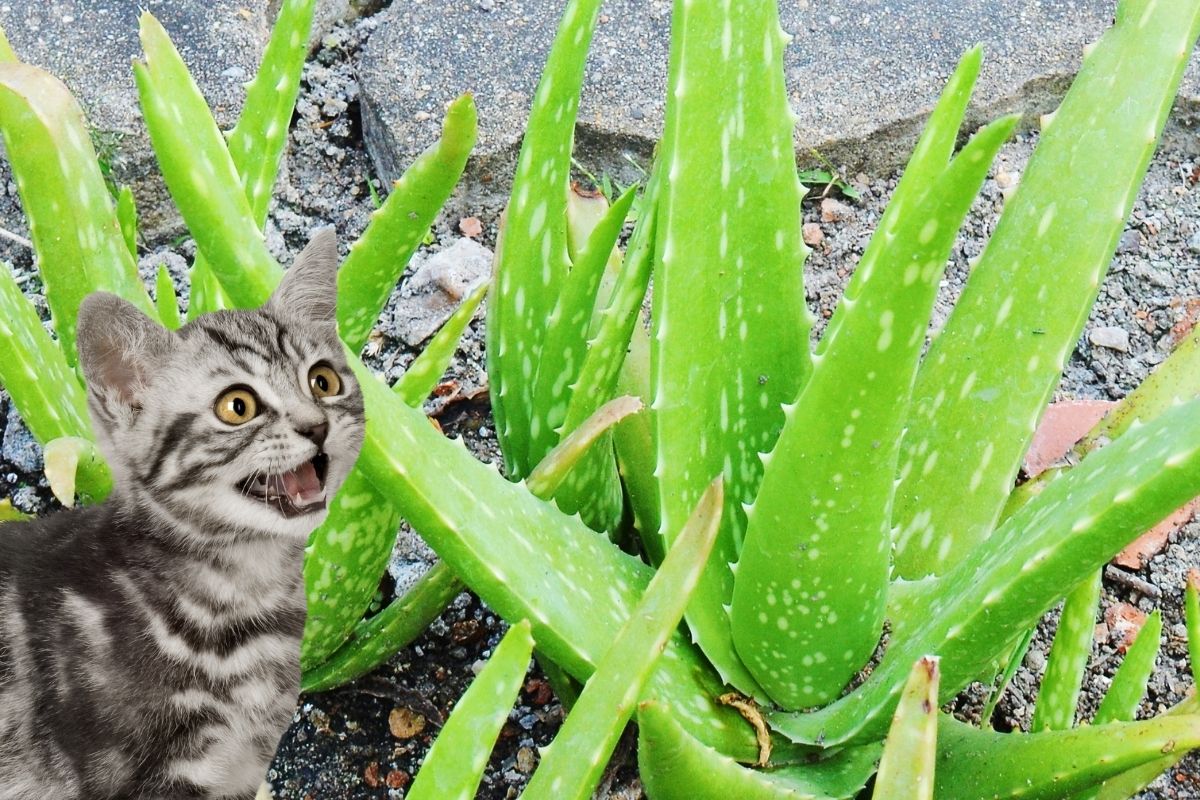
Make prevention part science (knowing what harms) and part empathy (understanding why pets act before thinking). Swap risky plants now—you’ll sleep better tonight knowing Whiskers has nothing dangerous left her curious nose can find.
Final tip from one anxious-but-wiser owner to another: share photos of your current greenery with your vet at annual checkups—you’d be surprised how many hidden dangers they can spot before trouble ever starts.
Pet ownership is full of unknowns; choosing peace of mind over aesthetics is a win-win every single time.



